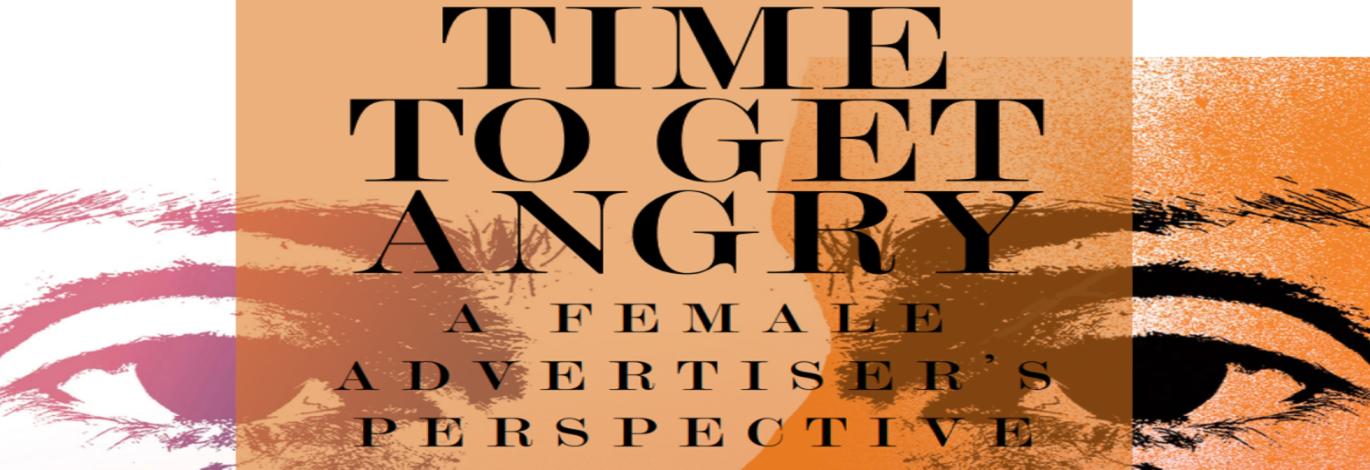
Rage
Irrepressible; almost palpable. A fiery place of inspiration for many of the world-acclaimed, gender-advocacy campaigns that have hailed from BBDO Pakistan. Where over the years, with our long-standing partnership with UN Women Pakistan, we’ve strived to build a better world for South Asian women through the power of actvertising.
Rage without direction is destructive but learning to harness that blazing fury has been an illuminating journey. One that began with finding myself at the onset of a very painful conversation back in 2016 with two other female creatives.
“Did you hear?! The Council of Islamic Ideology says it’s okay for men to lightly beat their wives!!”
Now as advertisers, we often lead multiple lives, easily slipping into the shoes of consumers to extract realworld insights. But this experience was different. Because when it came to envisioning the life of a powerless, voiceless woman, who would keep facing domestic violence owing to an irresponsible proposal put forth by a government bodythe vicarious pain, anguish and helplessness was too much to contain.
And in a fit of rage, that was more guiding than blinding, we decided to do something about it. The idea came to us in that conversation and unlike any other domestic violence campaigns ever created, we decided to showcase women asking men to beat them, but at things they were good at.
Then came the hurdle. All we had was the idea, and no money to put behind it. Contrary to how we typically carried out projects, we were short of the exorbitant advertising budgets that came with any given commercial campaign.
But what we learnt very quickly was that this wasn’t any campaign, because it came packed with an intent that could move mountains and a binding vision that ultimately rallied the most powerful names in the industry together – from the director Jami to the cast: Meesha Shafi, Amina Sheikh, Sarwat Gilani, Naseem Hamid, Momina Mustehsan, Fiza Farhan, Samina Baig, Hajra Khan, and Noorena Shams – completely pro-bono!
We didn’t know it at the time, but being able to launch the campaign grounded us with the reminder that our place of privilege gave us a certain responsibility. One that could restore some semblance of balance in the world, even if it were for just one person.
Over the years many such conversations began, and I found our old friend, Rage, rattling us into action. When the Senate body rejected an amendment to the child marriage act claiming it to be un-Islamic, we partnered with renowned designer Ali Xeeshan to make a statement against child marriages. As a showstopper at the country’s biggest Bridal Couture Show, out walked a little girl wearing a school uniform embroidered with bridal motifs. The ‘Bridal Uniform’ was symbolic of the unfair trade-off that happens at the time of most such marriages, with a little girl’s right to a childhood and to an education taken away from her. Again, without spending a dime out of our own pockets, we piggy-backed on the media present at the show, making sure our message resounded loud and clear, not only through the country, but the entire world. A year later, the little girl became the face of a news report that announced the Senate’s approval of the bill raising the minimum marriageable age to 18. She was also woven right into the social fabric of advocacy at the Aurat March, as a painted placard condemning child marriages. When a woman was killed because of unmet expectations around dowry, we called out dowry-demanding men by coining a new word for the act of demanding dowry: “Jahezkhori,” (equivalent to an abusive phrase, loosely translated to “Dowry mongering”). Using one of the most recognized symbols of marriage in the country, we disseminated the message with hands decorated in henna, held up to say, “Jahezkhori Band Karo” or “Stop Dowry mongering.”
Are we showcasing the diverse roles that women lead through our campaigns? Are we actively looking for opportunities to advocate for them?
In this journey, we have found that while the female perspective has been paramount to the process, tantamount have been the male allies. They were equally invested in seeing a balanced world, collaboratively pushing the ideology and vision forward as one team.
From the above it is clear that the role of inclusion and gender-diversity within advertising is two-fold. The first component is internal; do we have enough women at the table to reinforce a positive female POV? And the second is external; are we using that POV to responsibly build a progressive representation of the female image in media?
With the perception-molding power that advertising and media hold, the important questions to ask ourselves remain: are we showcasing the diverse roles that women lead through our campaigns? Are we actively looking for opportunities to advocate for them? Most importantly though, are we riled, incensed, and enraged enough to trailblaze a path to empowerment for women through our work?
In a world of shrinking attention-spans, the future of creativity will be built by waging war on mediocrity; and that’s Hira’s vision. Named as one of AdAge’s 40 under 40 and #21 most awarded creative director by The Drum’s World Creative Rankings in 2020, Hira Mohibullah currently works as Executive Creative Director at BBDO Pakistan, where she uses the power of advertising to impact social change in Pakistan.
